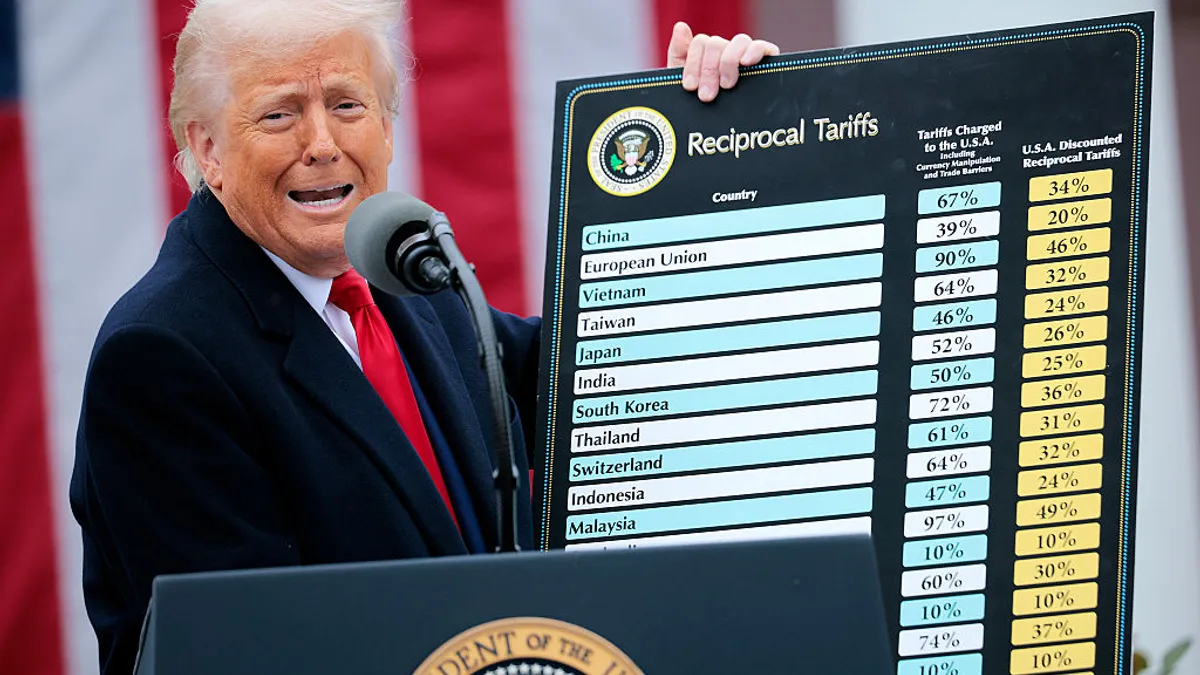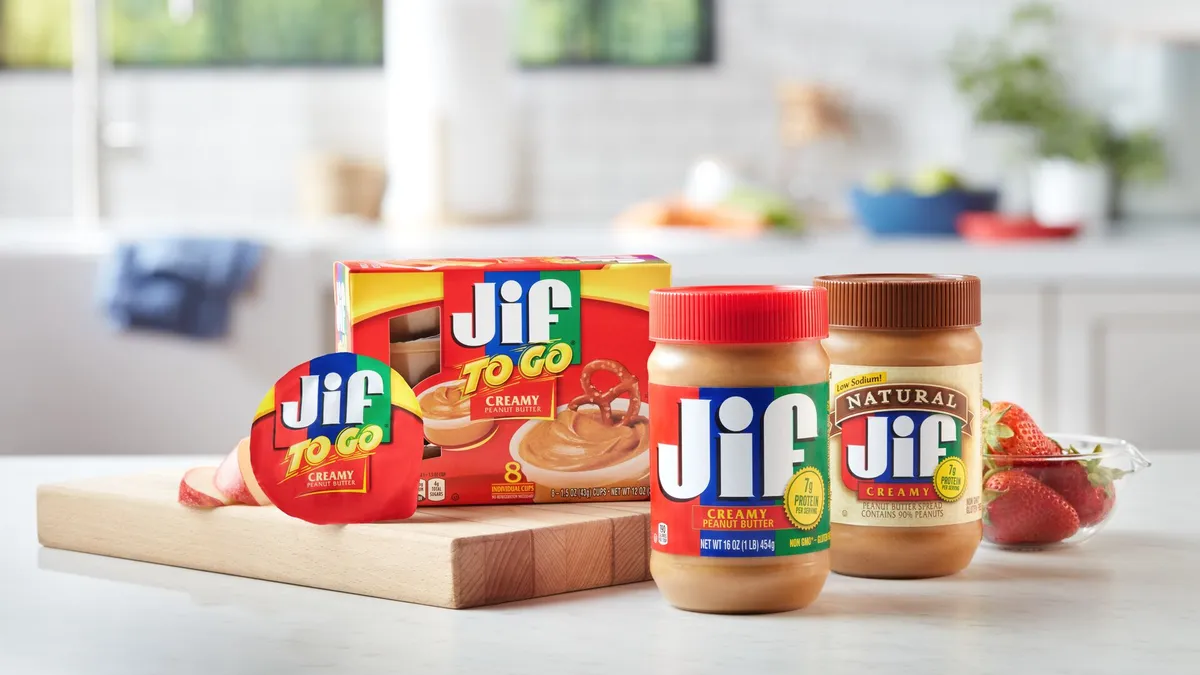President Donald Trump’s promised “Liberation Day” instating tariffs on a wide range of U.S. trading partners is setting off recessionary alarms as more than $2 trillion was wiped out from the stock market virtually overnight. Marketing departments are often among the first to experience cuts in a downturn, and a number of prominent ad-spending forecasters had already slashed their outlooks for the year in anticipation of what has shaped up to be an economic bloodbath following April 2.
While the macroeconomic environment feels especially fragile at the moment, marketers in recent years have weathered plenty of upheaval. They may again need to draw on those crisis playbooks to ensure that their brands don’t decline in the face of tightened belts and plummeting consumer confidence, which can extend the length of purchasing cycles. Those with the right level of organizational agility may even be able to identify new opportunities as competitors scramble to surmount the chaos, according to industry analysts.
“The prioritization of trade-offs that came into play in 2020 are an example of how CMOs can be really smart fiscally,” said Ewan McIntyre, vice president analyst and chief of research at Gartner for Marketers, alluding to the start of the COVID-19 pandemic. “How you understand the costs that you can afford to lose and those that you can’t afford to lose is a fiscal skill that CMOs need to deploy in 2025.”
Kill your darlings
Unlike the pandemic, which spiraled out of control as a public health crisis that mandated business closures, Trump’s tariff agenda has been a known factor that companies have been preparing for for months. That’s enabled some brands to quickly react to the policy changes.
“The smart CMOs that I’m talking to are gaming this out,” said McIntyre.
Ford earlier this week instated discounts to stand out in the hard-hit automotive category and launched an ad campaign, titled “From America, For America,” touting its U.S. manufacturing bona fides (The vehicle maker was also among the first major brands to respond to the pandemic with marketing five years ago). That said, Trump’s patchwork implementation of tariffs — previously announcing large levies only then to pause or change them — makes long-term planning murkier.
“It’s clear that some CMOs have got some near-term plays in their back pocket, but this is a challenge,” said McIntyre. “The situation with CMOs right now is that they just simply don’t know what the permanence of [the tariffs are] and how they can apply that to their strategies.”
As with the pandemic, an ability to pivot quickly and cut down bloat will become valuable capabilities for marketing stewards. That means some tough decisions will need to be made, McIntyre explained, including putting marketing technology investments that don’t deliver an immediate payoff on the back burner this year and becoming more protective of media budgets.
“You need to get good at revisiting your plan frequently and often, and be able to kill your darlings,” said McIntyre. “Get rid of those things in the marketing plan that would have made a lot of sense commercially maybe six months ago, but they don’t make any sense whatsoever now. The world has changed.”
No easy plays
Brands are coming off a year of robust ad spending, boosted by cyclical events like the Olympics and a heated election cycle. This year was already expected to see a lower rate of growth due to lapping those comparables but prospects have further dimmed as the reality of tariffs sets in.
Magna late last month lowered its 2025 growth forecast to 4.3% versus a prior 4.9% while WARC notched its global projections down nearly a full percentage point to 6.7% growth. Both of those reports were released ahead of Liberation Day, which analysts have decried as a worse scenario than originally anticipated. The dip in confidence is starting to hit C-suite functions in ways that have more concrete ramifications for marketers.
“We’ve been collecting data from CFOs and they’re starting to feel uncertain themselves,” said Gartner’s McIntyre. “Marketing unfortunately is the door that gets knocked on first when CFOs are starting to feel uncertain about their budgets, because they feel it’s easy to withdraw.”
Scarcer resources could again drive up investments in lower-funnel performance marketing that is less expensive than upper-funnel brand strategy and easier to tie to sales, mirroring a shift that started to take shape during the pandemic. However, many performance channels, such as search advertising, are neither as cheap nor as effective as they once were, McIntyre cautioned.
“At the moment, it feels as if there is a good balance between brand and performance, but I do think that will change. This year, I think that there will be a push towards the bottom of the funnel,” McIntyre said. “Thinking that you can just place all your chips on that is not necessarily going to be something that will significantly drive up your return on ad spend. There are no easy plays.”
Informa, which owns a controlling stake in Informa TechTarget, the publisher behind Marketing Dive, is also invested in WARC’s parent company Ascential. Informa has no influence over Marketing Dive’s coverage.























